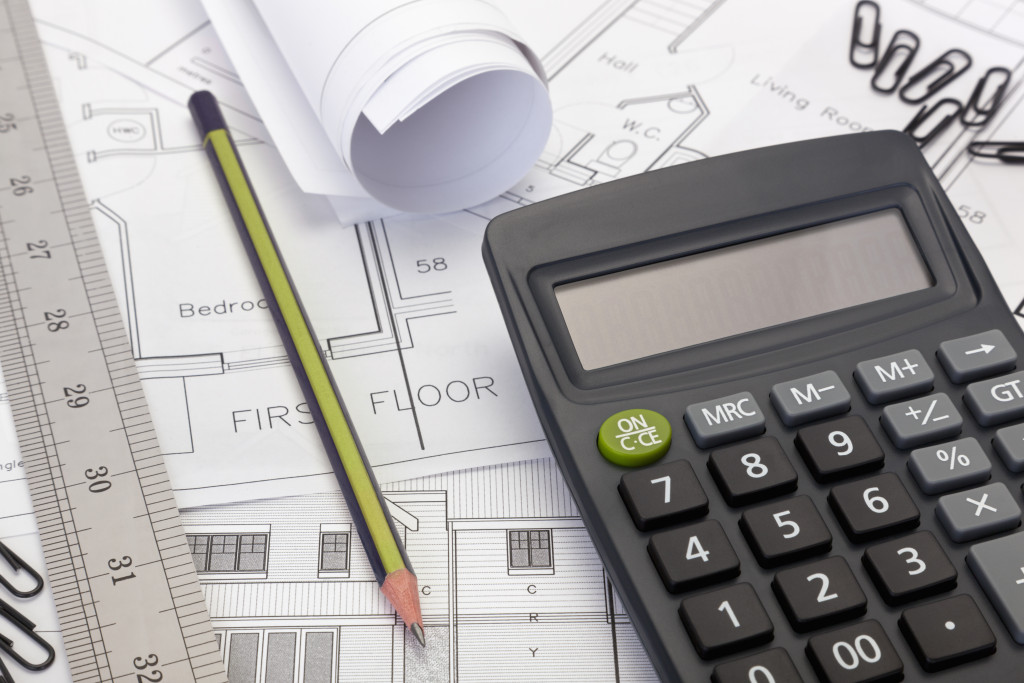- Consider location when building your retirement home, and select a place that suits your lifestyle.
- Hire an experienced builder to ensure quality workmanship and listen to their advice.
- Invest in durable materials for the foundation and footings, including waterproofing and drainage systems.
- Customize features to fit your lifestyle, such as an open floor plan and home automation system.
- Build for the future by planning ahead to accommodate physical or lifestyle changes.
Retirement is the perfect time to build the dream home you’ve always wanted. It’s time to create a space that truly reflects you, your lifestyle, and your needs. But before you begin construction, there are many things to consider. The process can be daunting, but with the proper planning and guidance, it can be smooth and rewarding. Here are some of the most important things to keep in mind when building your retirement home.
Don’t Skimp on The Essentials
When deciding what features to include in your retirement home, it’s important to remember the basics. Investing in quality materials will also ensure that your home lasts for many years to come. Here are some of the essentials to take note of:
Location, Location, Location
The first thing to consider when building your retirement home is location. Choose an area that is convenient for you and your family, and that aligns with your lifestyle.
If you love the outdoors, consider building in an area with natural beauty. If you’re looking for a community feel, opt for a retirement community. Location is vital to creating a home that perfectly suits your needs.
The Right Builder
Of course, none of this is possible without the right builder. When selecting a builder, ensure they have the experience and knowledge needed to construct a retirement home that meets all your needs.
Don’t settle for less than a company that listens to your needs and has a track record of quality work. Always ask for references, check online reviews, and interview multiple candidates before making your final decision.
Foundation & Footings
The next step in the process is the foundation and footings. These are critical for ensuring your retirement home is sound and stable. To protect against flooding, make sure to use durable concrete footings that can withstand all weather conditions.
These are also essential for providing stability and protection against movement and settling in the future. For extra security, consider adding a waterproofing membrane along with drainage systems to ensure your home remains dry and free from mold and mildew.

Customize Features to Fit Your Lifestyle
One of the joys of building a home is being able to personalize it to your liking. Consider specific features that will serve you well in your golden years. Whatever your heart desires, make sure your home reflects your personality and preferences. Here are some ideas:
Create an Open Floor Plan
An open floor plan is a popular choice when it comes to retirement homes. This design allows for easy movement, socialization, and entertainment, perfect for seniors who want a comfortable and accessible floor plan. By creating an open layout, seniors can quickly move from one area of the home to another without barriers, meaning less risk of accidents.
Install a Home Automation System
A home automation system is an excellent way to make your retirement home more energy efficient and secure. Automation systems can allow you to control the temperature, lighting, security, and even appliances from any device with an internet connection. This makes it easy for seniors to stay comfortable in their homes without having to constantly adjust settings or monitor devices themselves.
Add a Media Center
Don’t forget to add some entertainment to your retirement home. A media center is a great way to keep connected with family and friends, as well as your favorite shows and movies. Consider adding a surround sound system, large screen TV, and comfortable seating to create the perfect spot for movie night or game day.

Build for the Future
When you’re building your retirement home, it’s essential to think about the future. Consider all the potential changes in your lifestyle and physical abilities.
Will you need a wheelchair ramp, doorways, and bathrooms that are wheelchair accessible? How about extra lighting or modified countertops to accommodate physical limitations?
Keep in mind all of the potential challenges that aging can bring so you can make the necessary accommodations. If possible, consult with a professional such as an occupational therapist, to get the most out of your retirement home.
Building your retirement home can be a satisfying and rewarding experience, but it can also be a challenging one. By taking the time to properly plan and design your home, you can ensure that your golden years are as comfortable and enjoyable as possible. From selecting the perfect location to customizing your features, there are many things that go into creating the ideal retirement home. So, begin your journey today and work with an experienced builder who can guide you through the process and help you achieve your dream retirement home.

